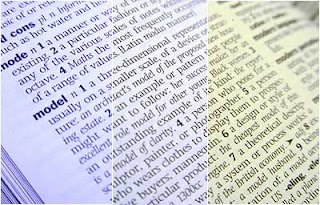
In photography, what separates a Good and an Average photograph is the ability of photo to reflect the essence of light under which the photo was taken. The photo taken under different lightning conditions appears different and thereby losing it color identity. It is necessary to take into consideration the required white balance under different illuminated situations.
Visible light is the small fraction of the electro-magnetic spectrum between 400nm to 700nm. When white light is allowed to go through a dispersion element like grating or prism the light splits up into its constituent colors. Any object looks a particular color because it absorb all the wavelength falling on it and emit the remaining color. The object looks white when it reflects the full spectrum of light falling on it, so in situation when the incident spectrum lacks longer wavelength say Red, the object will appear slightly blue or cyan in color. Similarly when the object is illuminated with light deficient in Blue content the object will look slightly yellow tinted. As a result the object will lose it color contrast, even though it might capture other contrasting details.
Since human eye is adaptive the white object will appear white even in under slightly red or blue light. But in case of camera sensor this isn't the case as a result we need to secure white balance in order to retain the color contrast of the object. The origin of color contrast arises from the fact that when black metal object is heated it emits light such that the characteristics wavelength is proportional to the temperature it is heated. Upon heating the color the object changes from red, yellow white and then Blue. The temperature is measured in Kelvin and is called the color temperature of the source. The object when heated to 3600 K emits Yellow light, so the light that emits is said to have a color temperature of 3600 K. If we heat the object to 5600 K, it has a spectral distribution similar to that of normal day light at Noon. So the candle light has a color temperature of 1900 K, Normal Tungsten lamp 2800 K, Flash light 5600 K, and a blue sky has 10000K. It is necessary to adjust the camera white balance setting in order to match the color setting of the illuminated source.
Thus before taking any photography make sure you set your appropriate white balance on your setting such that you dont end up losing the color contrast of your image to repent later.

1 comment:
Mr.Manohar,
It was good and interesting to see the articles on fotography. continue ur good work.
Post a Comment